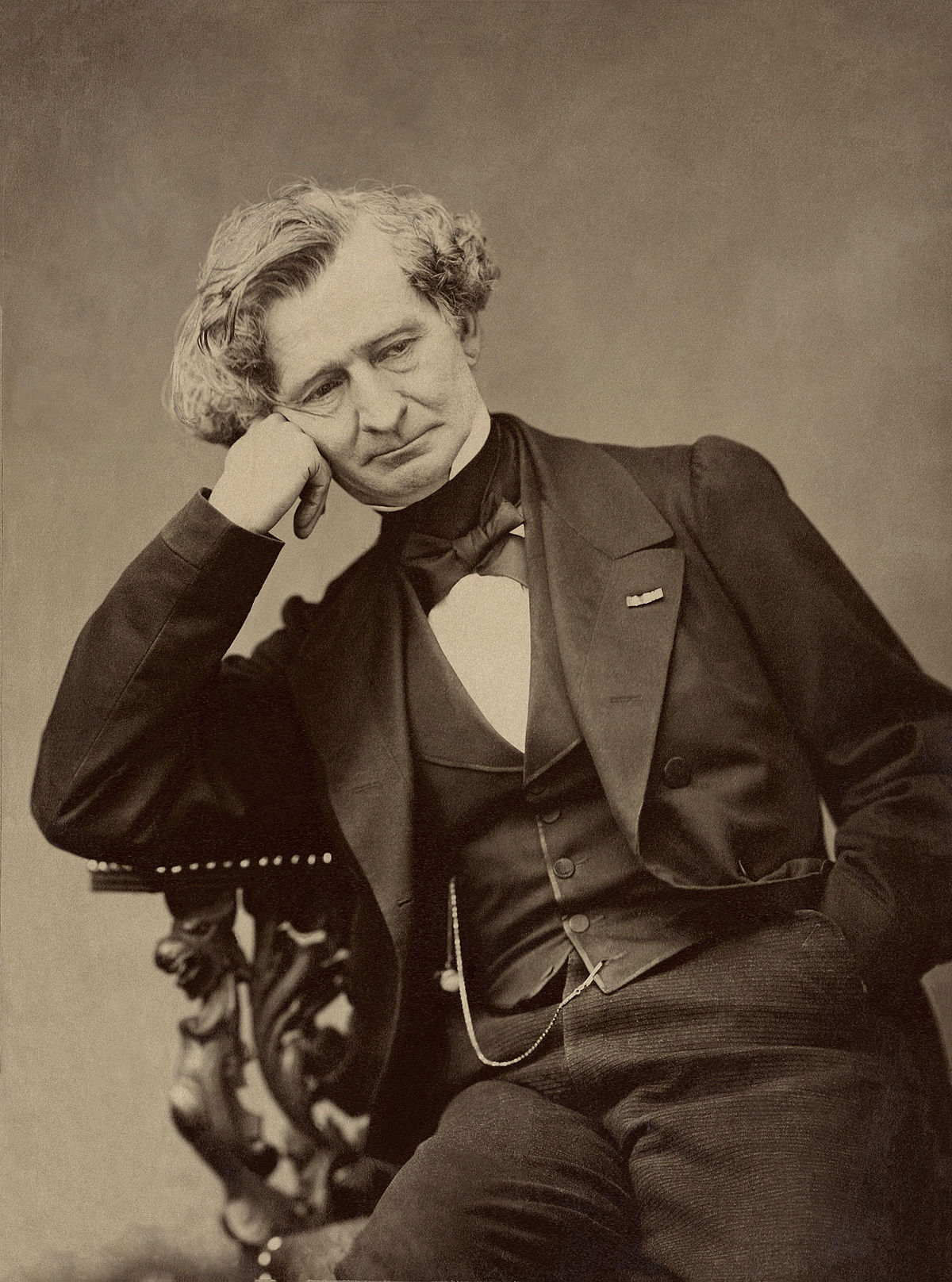Who's Harold?
"Harold in Italy" is a symphony in four movements with solo viola, composed by Hector Berlioz in 1834. Hector Berlioz was a French composer, conductor and critic.
 |
| Hector Berlioz (1803 - 1869) Portrait by Pierre Petit Image source |
Berlioz wrote Harold in Italy as a commission from the virtuoso violinist Niccolo Paganini, who had just purchased a Stradivarius viola. However, having seen the first movement of the work, Paganini found the piece to be insufficiently flashy for his own performance and therefore never played it. He did, nevertheless, confess to admiring it and still paid the agreed fee.
Listen to it here:
Berlioz explained his inspiration for the work in this way:
"My idea was to write a series of scenes for the orchestra in which the solo viola would be involved as a more or less active character, always retaining its own individuality. By placing the viola in the midst of poetic recollections of my wanderings in the [Italian] Abruzzi, I wished to make of it a sort of melancholy dreamer after the manner of Byron's Childe Harold. Thus the title: Harold in Italy."
 |
| 'Childe Harold's Pilgrimage - Italy' painting by J.M.W. Turner Image source |
The composition is made up of four long movements. They are titled as follows:
I. "Harold in the Mountains" - Scenes of Sadness, Happiness, and Joy
II. "The March of the Pilgrims Singing Their Evening Prayer"
III. "Serenade" - this depicts a mountaineer of the rugged Abruzzi region singing to his beloved. The Cor Anglais (English Horn) serves as the voice of the singer, yet Harold is there too, in the solo viola, observing the intimate scene.
IV. "The Orgy of the Brigands" - even amid this tumultuous action, Harold recalls the earlier scenes, with musical echoes of the previous movements.
This blog is intended to be educational and to share knowledge about music. Daily Hit of Music does not claim to own anything contained in this post and declares its sources openly.
The following sources were used for this blog post: Betsy Schwarm and Jacques Barzun from Encyclopaedia Britannica.
Image sources can be found in the image captions.
Recordings can be found on YouTube by clicking the 'DHM YouTube Playlist' links.
Comments
Post a Comment